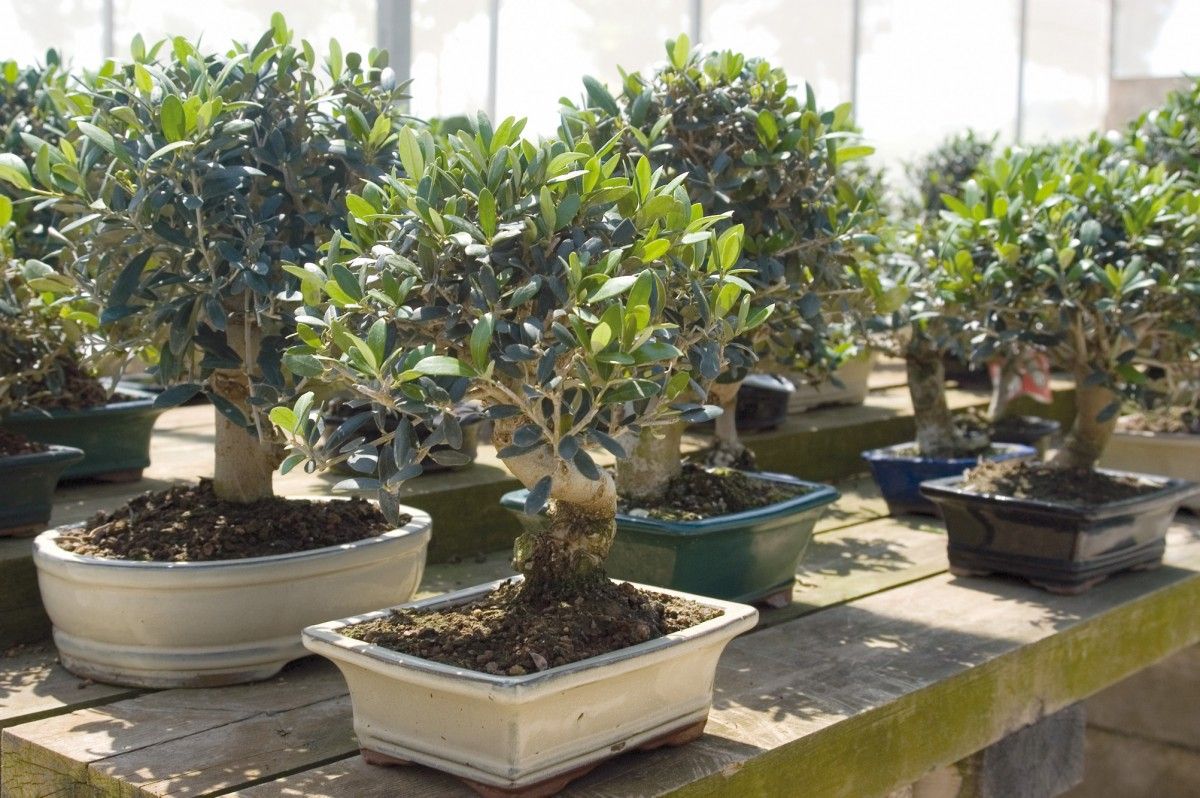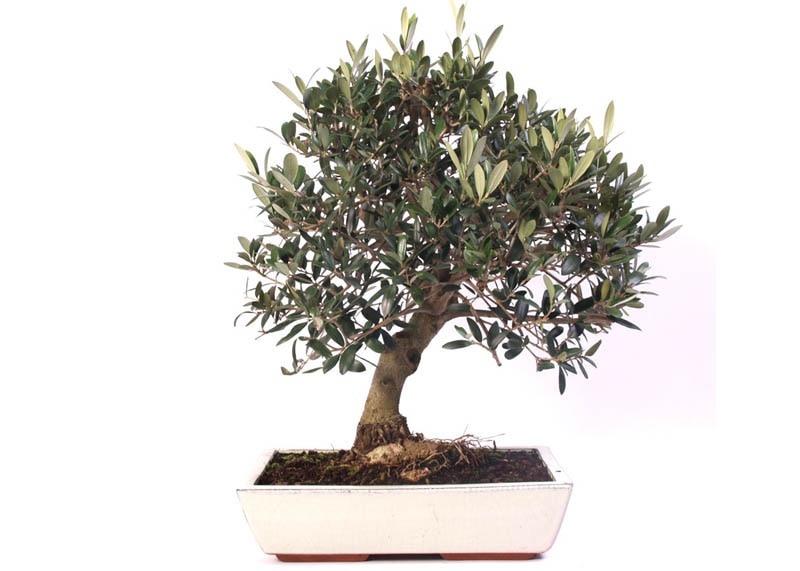The Olive Bonsai Tree is a beautiful plant. It has a rich history and unique features. This guide will teach you all about it.
History of Olive Bonsai Tree
The Olive Bonsai Tree has a long history. It comes from the Mediterranean region. People have grown Olive trees for thousands of years. They love these trees for their fruits and wood.
Bonsai is an ancient art form. It started in China over a thousand years ago. Later, it spread to Japan. Bonsai means “planted in a container.” It is the art of growing small trees in pots.
Combining Olive trees with bonsai art creates a beautiful plant. It is small but looks like a full-sized tree. This makes it a popular choice for bonsai enthusiasts.
Features of the Olive Bonsai Tree
- Leaves: The Olive Bonsai Tree has small, leathery leaves. They are dark green and shiny.
- Bark: The bark is smooth and gray. It gets rougher as the tree ages.
- Flowers and Fruits: The tree produces small, white flowers. These flowers can turn into tiny olives.
- Size: The Olive Bonsai Tree is small. It can fit in a pot on a table.
How to Care for an Olive Bonsai Tree
Caring for an Olive Bonsai Tree is fun and rewarding. Follow these steps to keep your tree healthy.
Watering
Watering is very important. The soil should be moist but not soggy. Water the tree when the top inch of soil feels dry. In summer, water more often. In winter, water less.
Light
The Olive Bonsai Tree loves sunlight. Place it in a spot with lots of light. A south-facing window is a good choice. If you can, put it outside during the summer.
Temperature
The Olive Bonsai Tree prefers warm temperatures. Keep it between 60-75°F (15-24°C). Protect it from frost and cold drafts.
Soil
Use well-draining soil for your Olive Bonsai Tree. A mix of bonsai soil and sand works well. This helps prevent root rot.
Fertilizing
Feed your tree with bonsai fertilizer. Do this once a month during the growing season. Do not fertilize in winter.
Pruning
Pruning helps shape your Olive Bonsai Tree. Trim back long branches. Remove dead or yellow leaves. Prune in spring and summer.
Repotting
Repot your tree every 2-3 years. Do this in spring. Use fresh soil and trim the roots. This helps the tree grow healthy.
Benefits of Having an Olive Bonsai Tree
There are many benefits to having an Olive Bonsai Tree. Here are a few:
- Beauty: The tree is very beautiful. It adds a touch of nature to your home.
- Relaxation: Caring for the tree can be relaxing. It helps reduce stress.
- Conversation Starter: The tree is unique. It makes a great conversation starter.
- Learning: Growing a bonsai teaches patience and care. It is a great learning experience.

Credit: www.mistralbonsai.com

Credit: www.bonsaiempire.com
Common Problems and Solutions
Sometimes, your Olive Bonsai Tree might have problems. Here are some common issues and how to solve them:
Yellow Leaves
Yellow leaves can mean too much or too little water. Check the soil. Adjust your watering schedule.
Leaf Drop
Leaf drop can happen if the tree is too cold. Move it to a warmer spot. Make sure it gets enough light.
Pests
Pests like aphids or spider mites can harm your tree. Use insecticidal soap. Spray the tree to get rid of pests.
Conclusion
The Olive Bonsai Tree is a wonderful plant. It has a rich history and beautiful features. Caring for it is fun and rewarding. Follow the steps in this guide to keep your tree healthy. Enjoy the beauty and benefits of your Olive Bonsai Tree.
| Aspect | Recommendation |
|---|---|
| Watering | Moist but not soggy |
| Light | Lots of sunlight |
| Temperature | 60-75°F (15-24°C) |
| Soil | Well-draining |
| Fertilizing | Once a month during growing season |
| Pruning | In spring and summer |
| Repotting | Every 2-3 years in spring |

